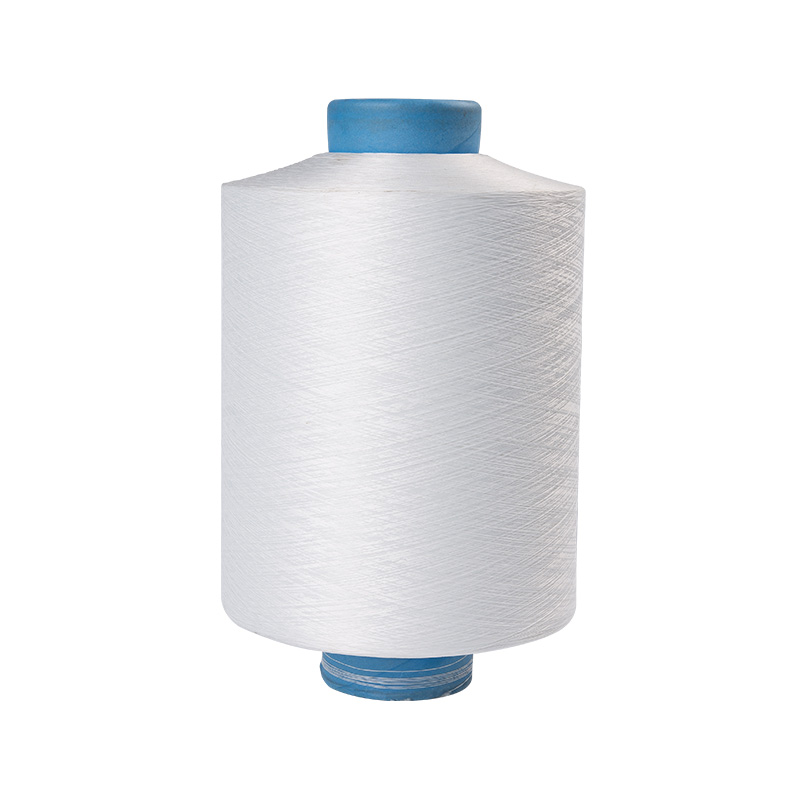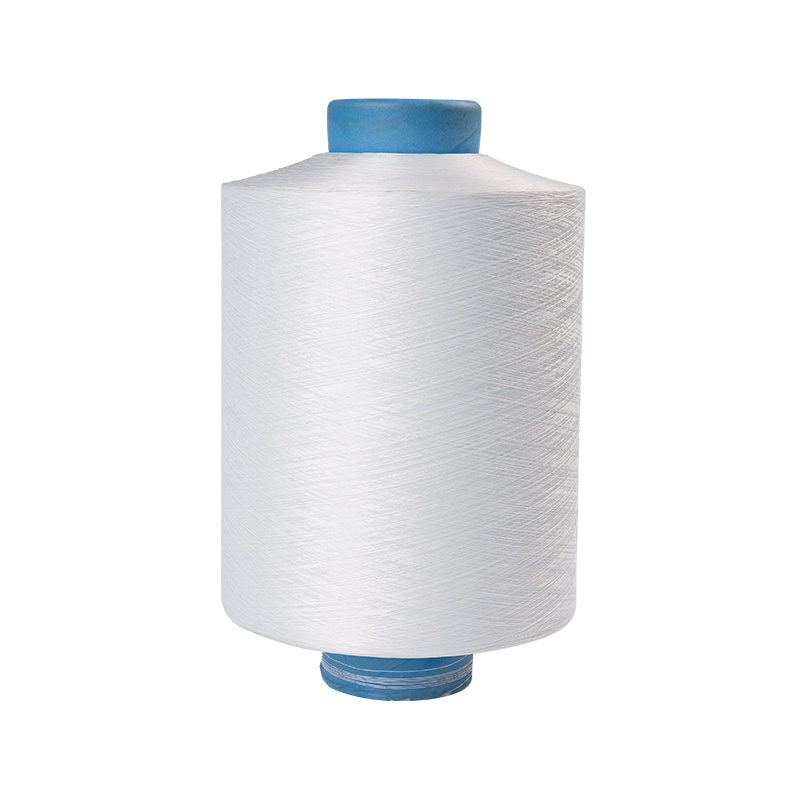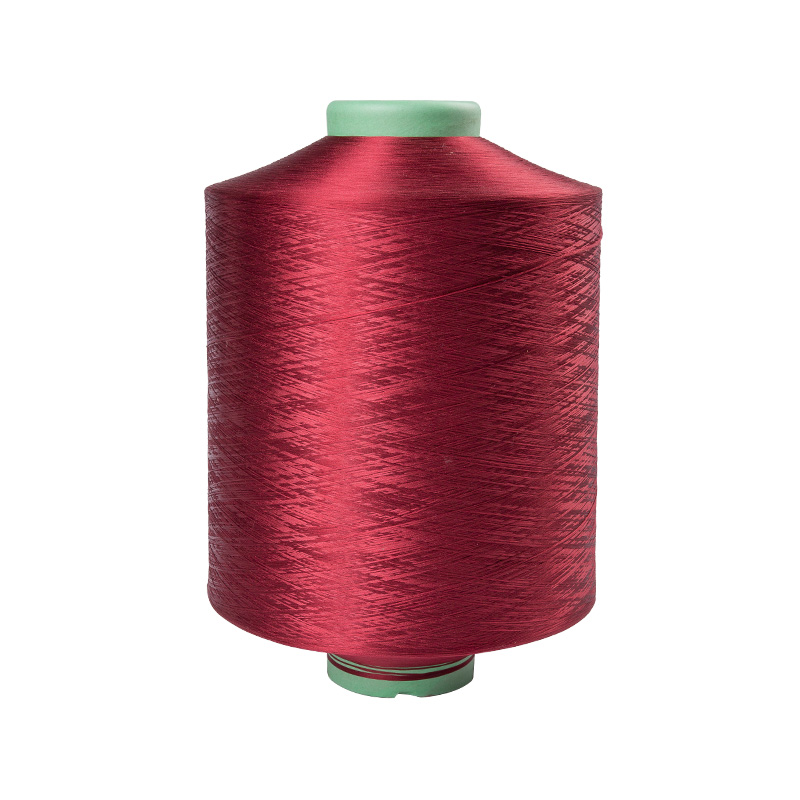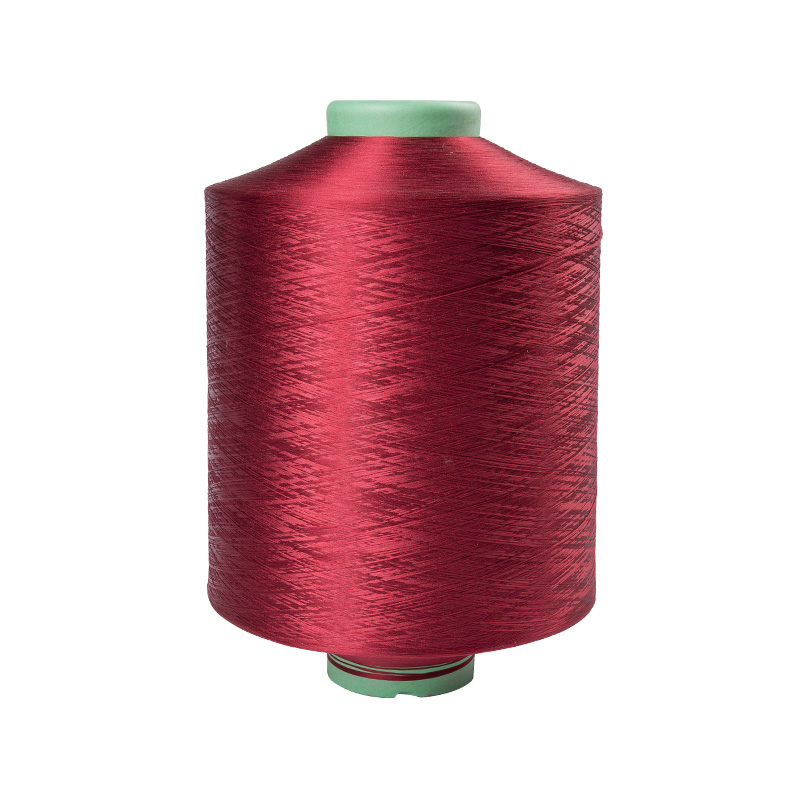In the textile industry, polyester textured yarn is valued for its excellent performance and wide applicability. Selecting the right type of polyester textured yarn to meet specific performance requirements is an important step to ensure the quality and performance of the final product. Different application areas have different performance requirements for polyester textured yarn, so it is particularly important to understand these requirements and make targeted selections.
The specific needs of the application field are the basis for selecting polyester textured yarn. For example, in the production of sportswear, the yarn needs to have excellent moisture absorption and perspiration resistance. During exercise, the human body will produce a lot of sweat. The textured yarn made of highly hygroscopic polyester material can effectively remove moisture and keep the wearer dry and comfortable. In addition, sportswear must also have a certain degree of elasticity to provide sufficient flexibility and support during intense activities. This type of yarn can quickly return to its original shape after stretching to ensure the comfort of the athlete.
In contrast, in the application of home textiles, durability and color fastness are particularly important. Products such as bed sheets and curtains need to withstand daily wear and tear and maintain bright colors. Choosing polyester textured yarn with wear resistance and high color fastness can ensure that these household products have stable performance in long-term use and maintain consumer satisfaction. After multiple washes and uses, these yarns can still maintain their original color and shape, meeting the high standards of consumers.
Strength is another key factor affecting the selection of polyester textured yarn. For products that require high strength and durability, such as outdoor equipment and workwear, it is wise to choose polyester textured yarn with high tensile strength. This yarn is not easy to break when subjected to large external forces, ensuring safe use in extreme environments. In addition, in some industrial applications, the tear resistance of polyester textured yarn is also an important consideration, which can effectively prevent accidental damage during use.
Elasticity is also a performance indicator that cannot be ignored when designing. The design of clothing often needs to take into account the comfort of wearing and the freedom of movement. For underwear and sportswear, choosing polyester textured yarn with high elasticity will provide a better wearing experience. This type of yarn can not only adapt to the body's activities, but also quickly return to its original shape after exercise, avoiding deformation that affects the wearing effect.
Color and printing and dyeing performance are also crucial in the selection of fashion products and home textile products. Consumers are increasingly demanding on color. Therefore, choosing polyester textured yarn that can absorb dyes well and has good color fastness will ensure that the product remains colorful after multiple washes. In addition, designers can create a unique product appearance and enhance market competitiveness by choosing different textures and colors to meet different market needs.
After understanding the needs of different applications, formulating corresponding supply chain and procurement strategies is also an important step to ensure the selection of suitable polyester textured yarn. Establish a cooperative relationship with a reliable supplier to ensure that the polyester textured yarn it provides meets the required performance standards and environmental requirements. At the same time, small batch samples can be used for actual testing and evaluation to ensure that the final selected yarn can meet the expected performance requirements in actual applications.

 English
English 中文简体
中文简体








